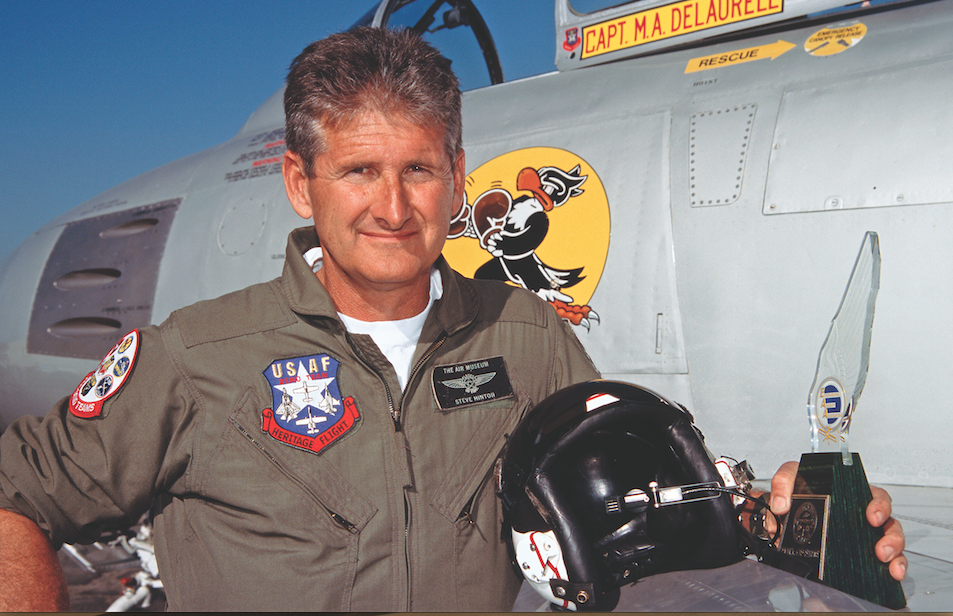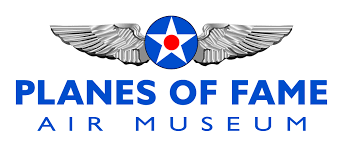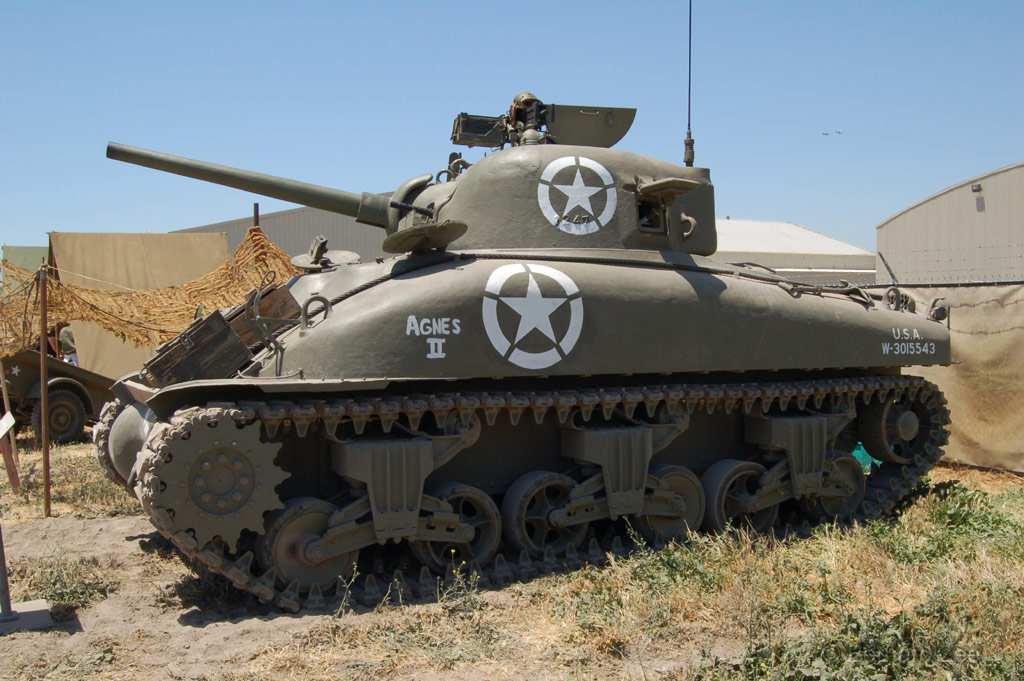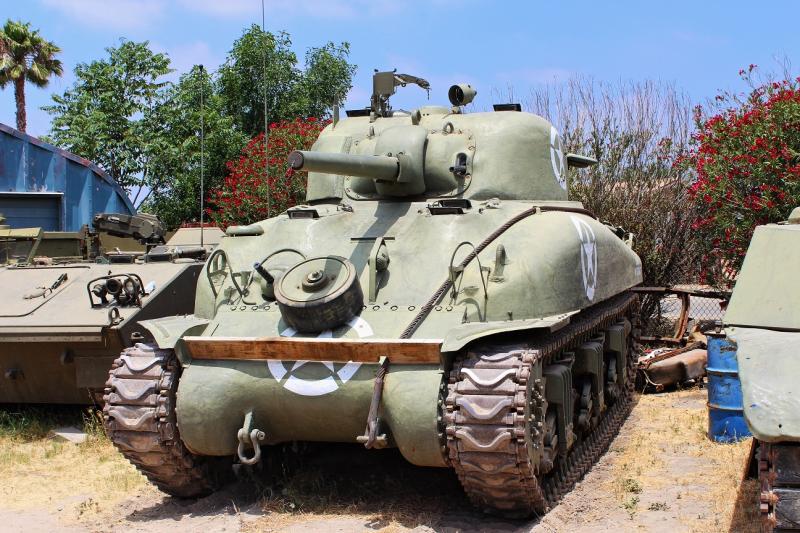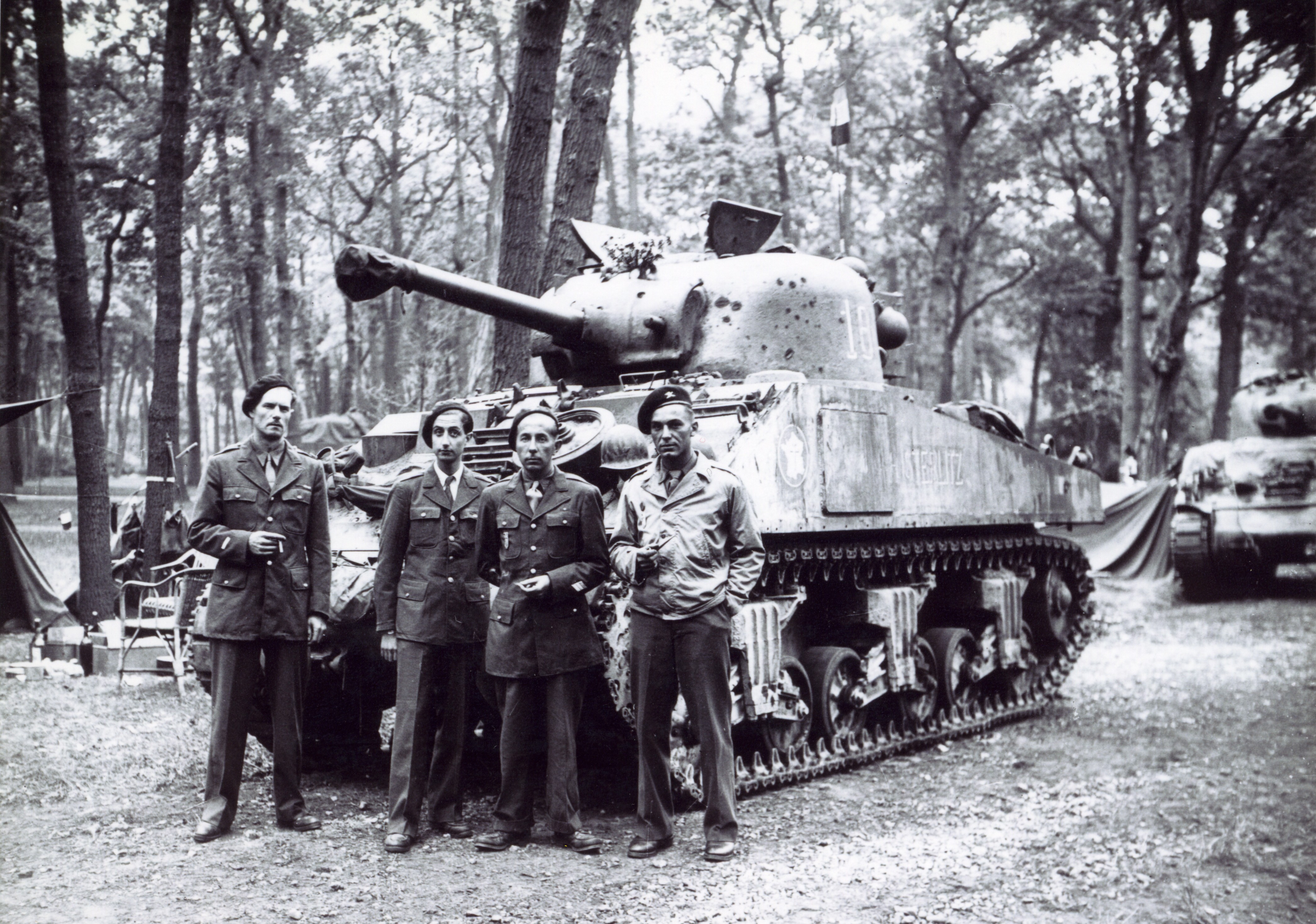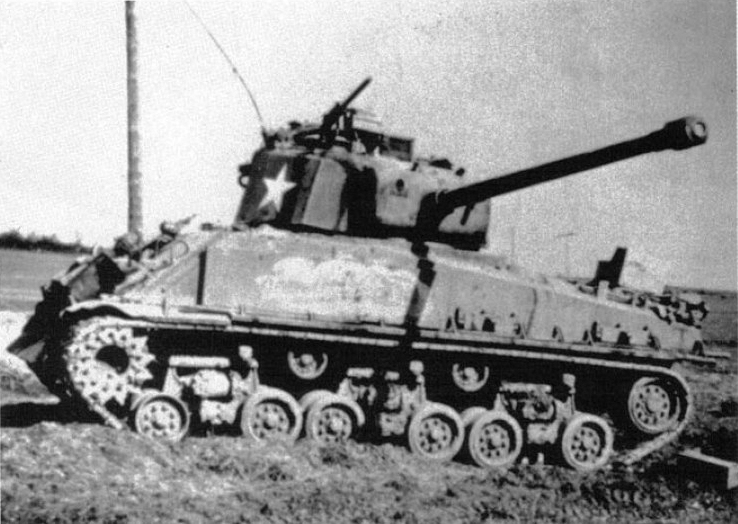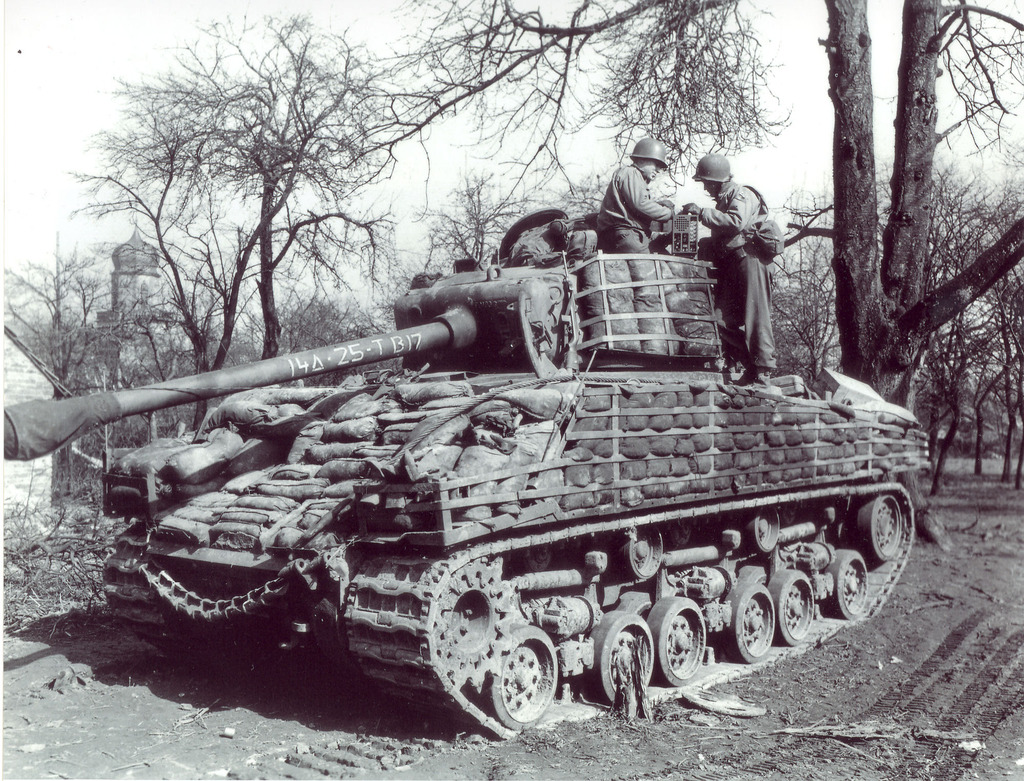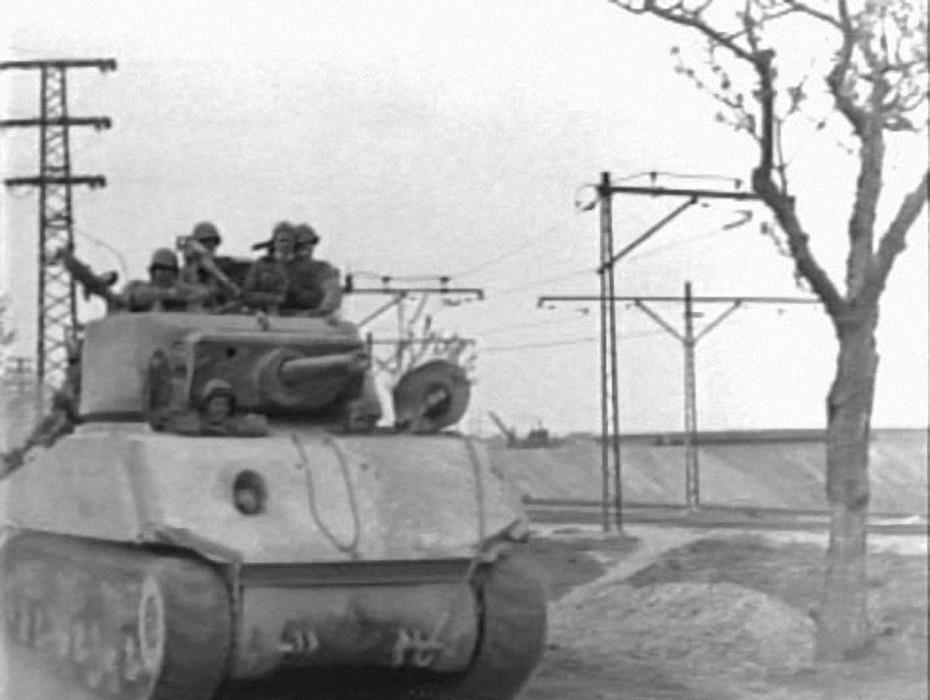Shermans Tanks In real Life: The Planes of Fame of fame Air Museum
Owning and flying WWII airplanes has been a thing much longer than restoring running tanks, and to this day, WWII aircraft tend to get more attention from Americans than armor or ships. That’s changed a lot over the years, and armor is more popular than ever with collectors, museums and the general public. There are several Tank museums or businesses around the country with running Shermans. The one we are going to talk about today is the Planes of Fame Air Museum, it is legendary in the Warbird world, because it has so many interesting and rare aircraft. It also has a long, history, and saved some amazing planes along the way, and one tank.
The Planes of Fame air museum has been around so long, it surely had a hand it kicking off the interest in Warbirds that has been popular in the United States since WWII. My Dad, a Baby Boomer, loved warbirds, and his love transferred right over to me, and I ran with it buying more books on airplanes, and tanks than he ever did, and I still have them al. When I was a kid, we went to the Reno Air Races, and I probably saw Steve Hinton, the President of Planes of Fame flying a racer. There is something about the roar of a warbird flying by that really gives you a sense of what seeing planes like that filling the sky in the mid-40s must have been like. They have a special sound, and hopefully this is a sound we will hear for decades to come.
Planes of fame got started in the 50s when Ed Maloney started collecting airplanes on a minuscule budget, his museums moved around, but really took root at Chino Airport, where Planes of Fame is to this day. Mr. Maloney had fallen in love with airplanes in high school, and just missed WWII. Shortly after the war he began collecting anything with wings on a shoestring budget for his future airplane museum. He was saddened and disgusted to see the warbirds that helped win WWII unceremoniously melted down for Scrap or for a lucky few to rot away on a remote part of an airport. I know the feeling, it makes me deeply sad to see the piles of P-38s bulldozed off a cliff in the Philippines, because flying them home was a waste of time and money…
By the 60s Ed Maloney had achieved his goal of building a museum and around the same time found a Sherman tank on range on Edwards Air Force base while he was scrounging for B-17 parts. He managed to buy the tank for $1! That’s not even the best part of the story! The Sherman, a very early production M4A1 75 tank, still ran! It had been sitting on Edwards for at least a decade untouched, and they got it running. The tanks interior was not gutted, though some things like the hull ammo boxes had been removed a lot of the important parts were still there. They collected more parts over the years, and serious restoration started in the 80s and continues even now.
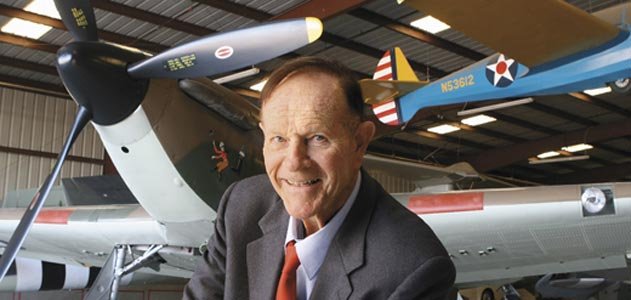
Ed died in 2016, and it was a huge loss for the aviation community. Sometimes, when a man with a love for, and a collection of things like airplanes or tanks, when the man passes on, his labor of love dies with him, I know of a least two cases. The Littlefield collection only lasted a few years before his widow grew tired of it and donated it to a great museum on the east coast, but to build a place to keep it they sold most of it off, and now can’t build the new facility because of zoning problems. That wasn’t a worry of Ed Maloney, because PoF is a family affair. Steve Hinton, who took thinks over when Ed passed, has been around the place since he was a kid, and his best friend was Ed’s son. I’m also pretty sure Steve married Ed’s daughter! Planes of Fame lives on, stronger than ever, and with another generation working and flying the planes, I think they have a bright future.
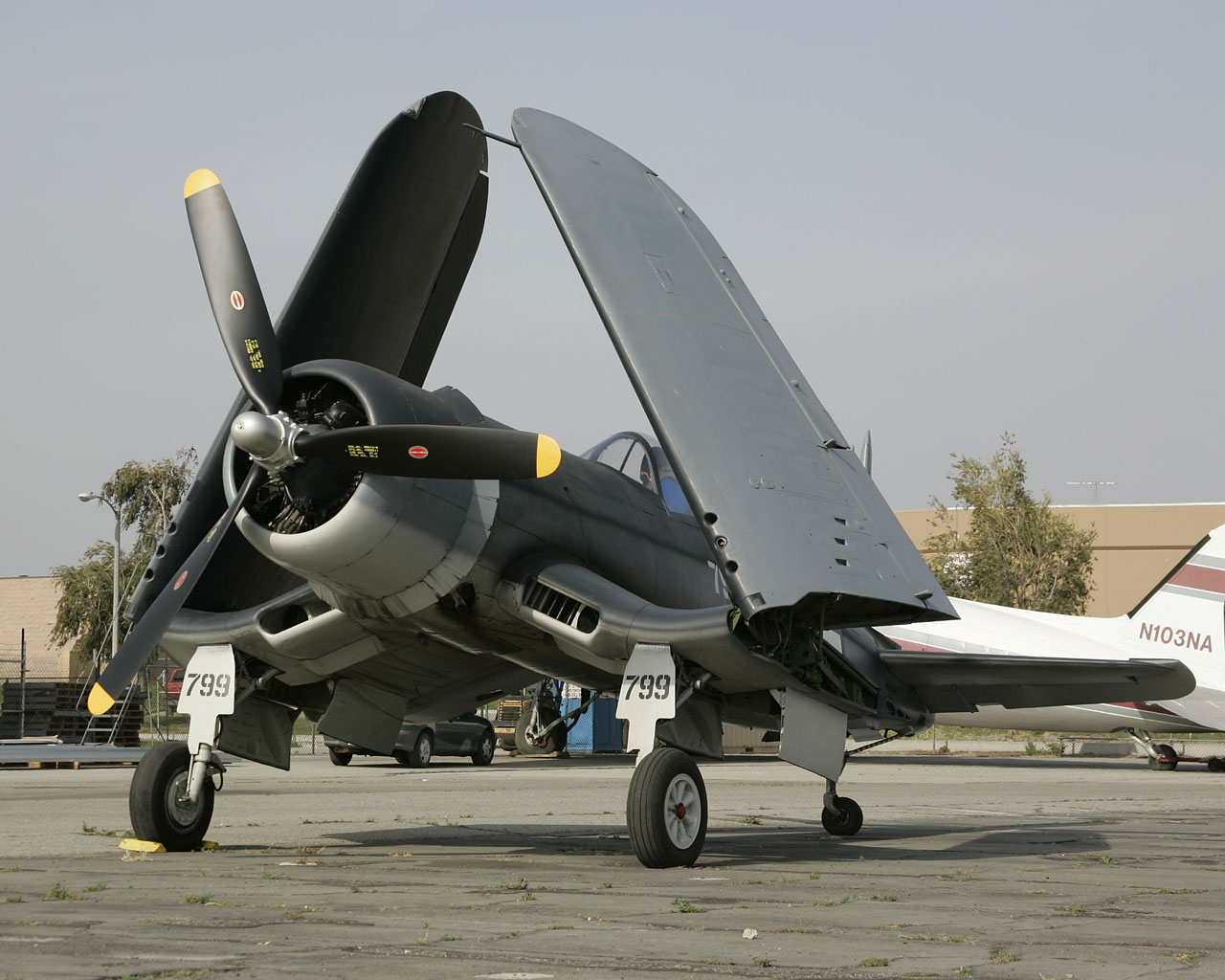
Now you might be wondering how a bunch of airplane people can keep a tank working, but trust me, they have guys there who can keep an F4U-1 Corsair, with a magnificent Pratt and Whitney R-2800 running, they can figure out a simple Sherman. The nice thing about a Tank is it handles the weather a lot better than an Airplane, though being stored outside unprotected still isn’t good for them. The Sherman in particular has some very sturdy components, and more often than not, if the powertrain remained sealed up, even after decades on the firing range, if it didn’t get penetrated, they rarely needed much work to be operational again. The engines are a bit less robust, but in a nice warm dry environment, they could last a surprising amount of time as well.
Currently the Planes of Fame M4A1 is about 50% complete, and they restore a little more every year, as money and parts allow. I’m sure in some cases things have to be fabricated. It has a little Joe back auxiliary generator inside, has a working stock electric traverse system, but the stabilizer needs a little more work. The electric firing system works, and though the main gun is de-milled, it can still fire 75mm blanks. A blank firing co-ax M1919 machine gun can be fired with the foot switch, just like the main gun. The intercom is complete and works at all stations, as does all the interior lighting. A place like PoF probably has little trouble keeping the R-975 radial running either.
This summer the turret comes off, new ammo boxes go in and they will complete the interiors restoration. The M4A1 is already a part of their shows, but it is also available to rent, TV, Movies, Weddings, you name it, I could see an M4A1 being a cool addition! I hope to get down there sometimes in the next year or two and check the place out.
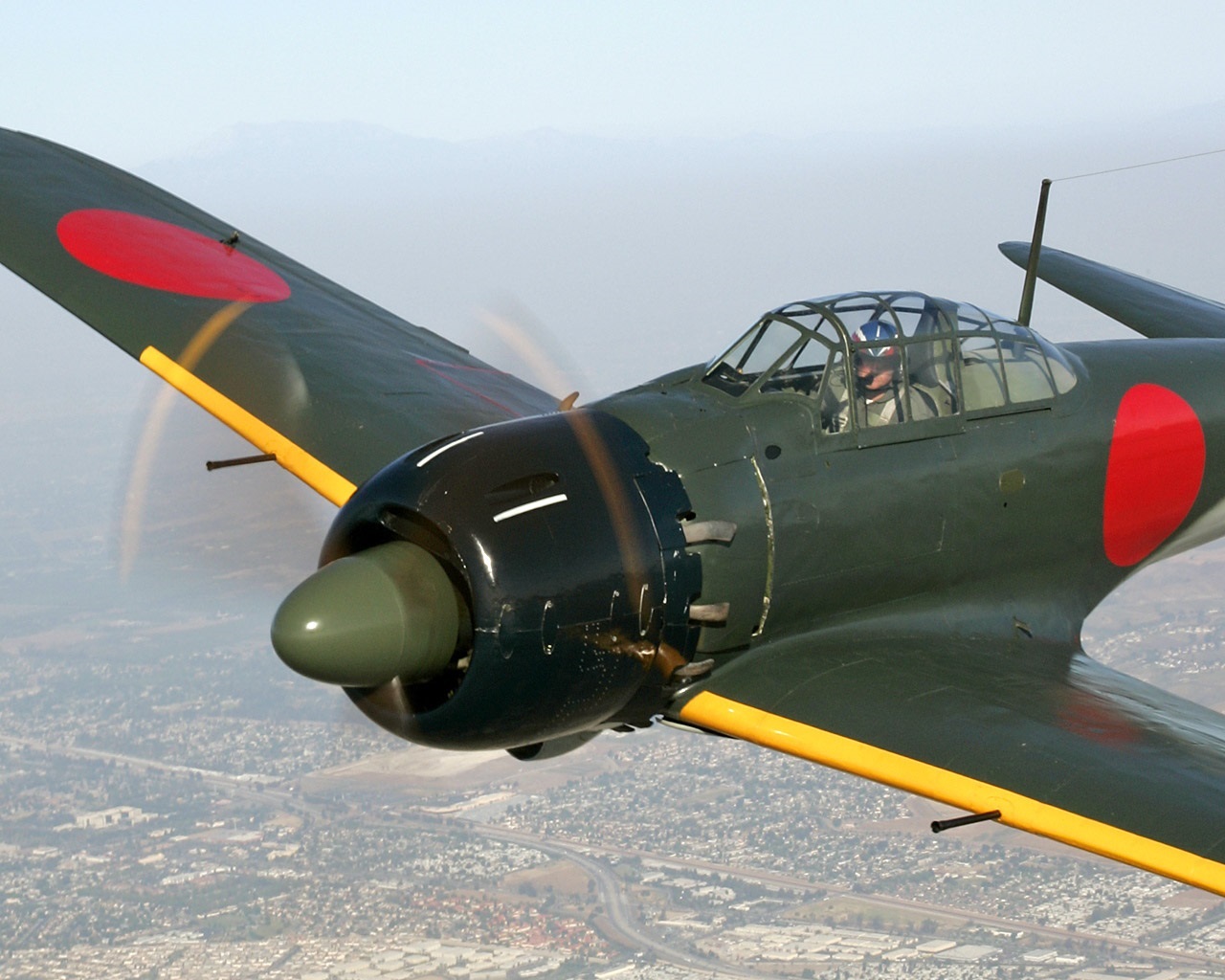
If you are in the area and have even the smallest interest in aviation, you owe yourself a trip to Planes of Fame Air Museum in Chino California. The Sherman tank is of course going to see all on its own, but they also have a real Japanese Zero, with its correct engine and it flies! Even crazier? It was used in the Ben Aflack movie Pearl Harbor! Steve did all the flying, but they wouldn’t let him shoot Ben down for real!
